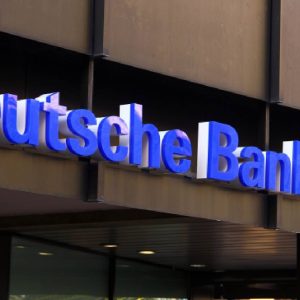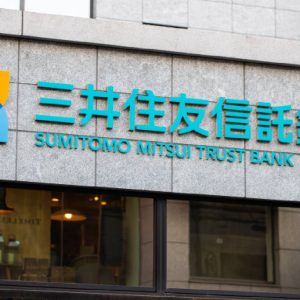Both banks have adopted a multi-sourcing approach in recent years, engaging with a number of specialist suppliers rather than outsourcing to a single vendor under a broad-scope contract. In September 2005, ABN Amro signed deals valued at around $2.5bn in a bid to cut IT costs by 258m euros ($350m).
IBM Global Services was handed a deal worth handed a 1.5bn-euro ($2bn) deal to manage ABN Amro’s server and desktop infrastructure, while Indian providers Tata Consultancy Services and Infosys took charge of applications maintenance work under two contracts worth a minimum of 300m euros ($407m) combined.
It was also announced that IBM, TCS, and Infosys would compete against Accenture and Patni for a share of an estimated $1.5bn spend on applications development work over five years.
In 2004, Barclays brought in Accenture to provide application development and management services for its UK-based commercial and retail banking systems, in a deal worth about $800m. The following year, Barclays awarded BT a $1bn deal to implement and manage an IP network. Since then, the bank has awarded smaller deals to companies such as Xansa, Getronics, and Atos Origin.
There is a precedent for financial institutions rethinking their IT strategy following a merger. In September 2004, investment bank JP Morgan Chase terminated its seven-year, $5bn infrastructure outsourcing deal with IBM Global Services just 18 months into its lifespan, citing its merger with Bank One. The major difference with the Barclays-ABN Amro deal, however, is that both have been aggressive proponents of outsourcing, while Bank One was traditionally averse to utilizing third parties.
No official announcement has yet been made as to what the Barclays acquisition of ABN Amro will mean for the two banks’ outsourcing partners. However, in a joint statement, it was revealed that the merger would result in a net reduction of about 12,800 staff, with a further 10,800 full-time positions to be offshored to low-cost locations, including India.






